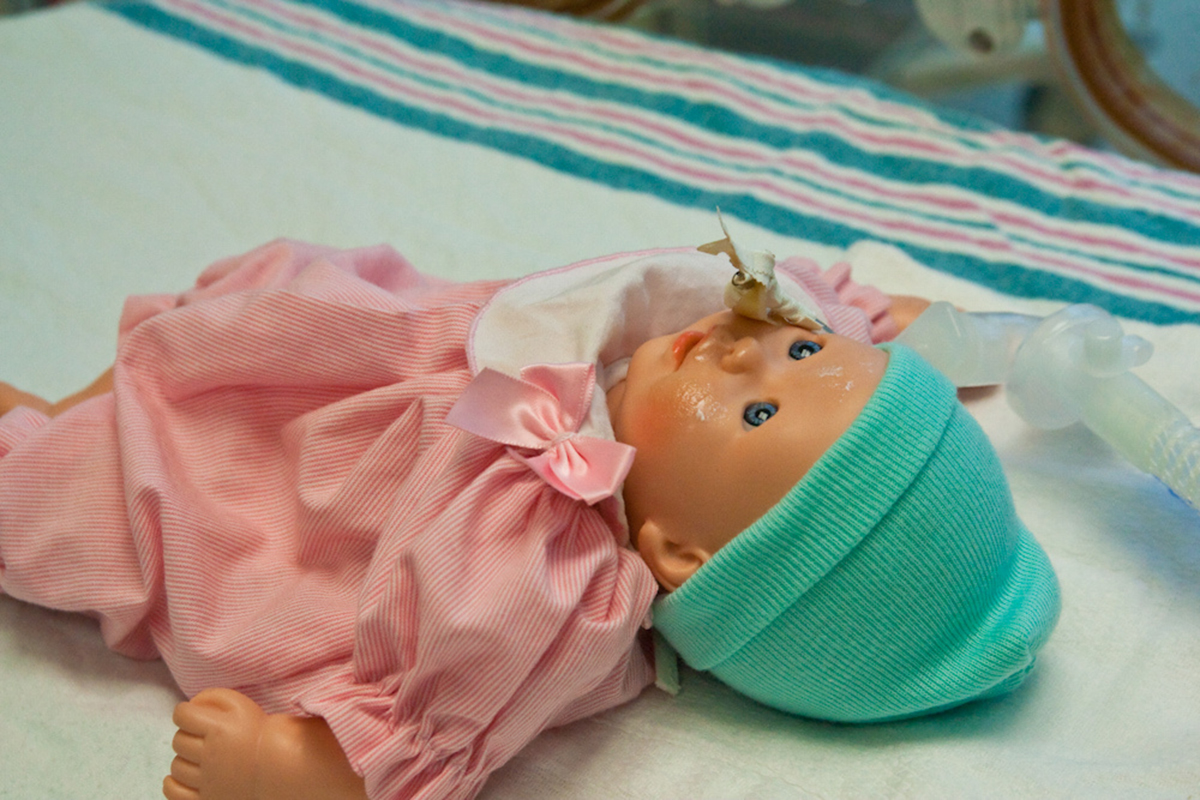Table of Contents

Before the surgery, regular bowel washout is required. This involves inserting a thin tube into their bottom, through which slightly warm salt-water is passed. This helps in softening and flushing out the entrapped stool. This procedure is similar to enema.
How is the Surgery Performed?
If the child is well enough to undergo a single major surgery, the standard procedure is performed. However, if the child is not in a position to undergo a major surgical operation, the surgery is done in two steps.
Standard Procedure
The standard procedure is termed as the “pull-through” operation. This is performed by removing the affected segment of the bowel and directly connecting the healthy segment to the anus.
Two-step Surgery
This involves detaching the bowel and re-routing it through an opening in the stomach, known as a ‘stoma’. Stools pass out of the stoma directly into a pouch that is attached outside the child’s body.
During the main procedure, the bowel is reattached. If the small intestine is detached from the colon and is re-routed, the procedure is known as an “ileostomy”. However, if the colon is diverted, the name given to the procedure is “acolostomy”.
The main surgery (removing the diseased bowel) may be done via two methods:
- Laparoscopic (keyhole) surgery - minimally invasive, giving many small incisions in the abdomen through which surgical instruments and a laparoscope (flexible tube with camera attached to external monitor) are inserted.
- Open Surgery - larger incision given in the abdomen and the diseases area is operated.
Recovery from Surgery
After the surgery, pain-relieving medication is administered to the child orally or via a drip. An intravenous (IV) supply of fluids is given for the first few days, since the bowel will not be able to manage solid foods right away. No specific dietary precautions are needed; however a regular and plentiful intake of fluids is advised.
Once the child has fully recovered, the bowel will have completely healed and resumed its functioning. Some pain or soreness may be experienced for a few weeks while passing stool.
Are there any Risks from the Surgery?
Every surgical procedure has some risks. The risks involved in this surgery include:
- Bleeding (during or after the procedure).
- Fibrosis (thickening) of the area where the healthy bowels are connected.
- Leaking of bowel contents inside or outside of the child’s body, causing serious infections.
See Also: Hemorrhoids: A Pain In The Butt
What are the Possible Complications?
Certain complications that may develop after the procedure are:
- Constipation - for which dietary changes and laxatives are prescribed.
- Bowel incontinence (leaking stools) - which may even prevail during teenage years.
- Loss of sodium as a result of the Ileostomy - oral supplements may be prescribed.
- Enterocolitis (serious bowel infection) - Symptoms include fever and rectal bleeding. Urgent treatment and antibiotics is required.
- Photo courtesy of Phalinn by Flickr: www.flickr.com/photos/phalinn/8116068318
- Photo courtesy of Steven de Polo by Flickr: www.flickr.com/photos/stevendepolo/5232122490


Your thoughts on this